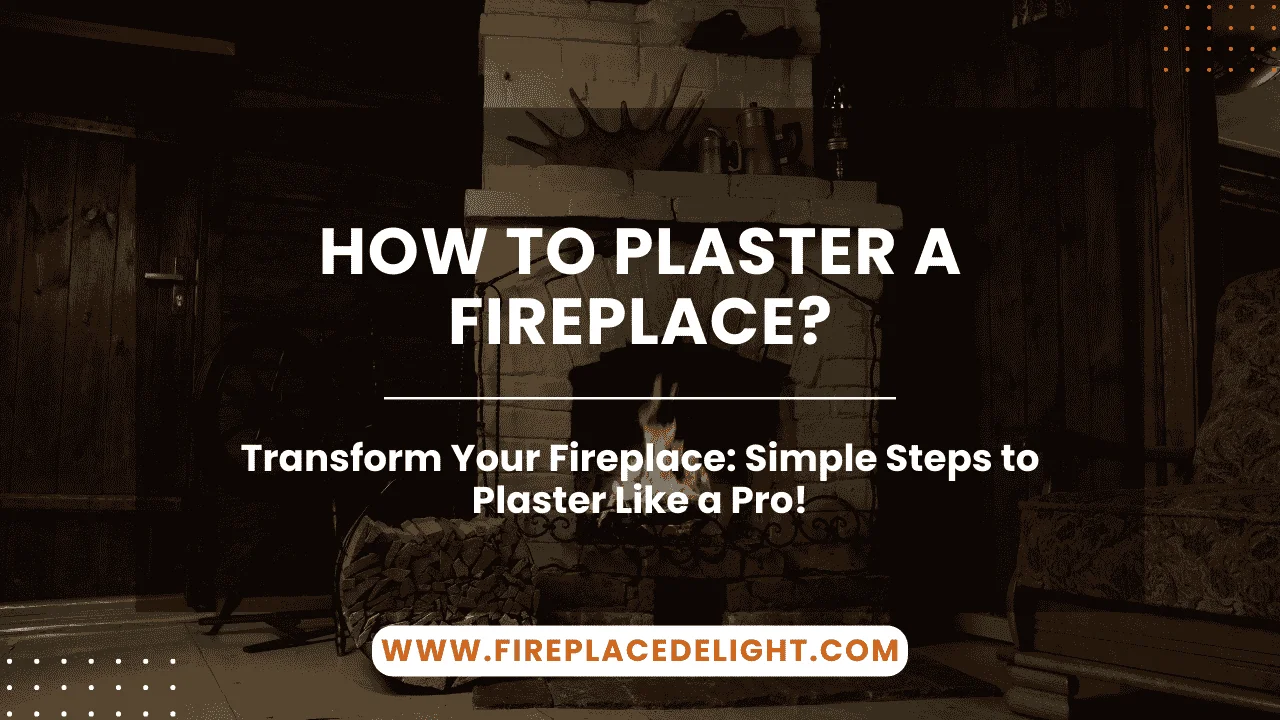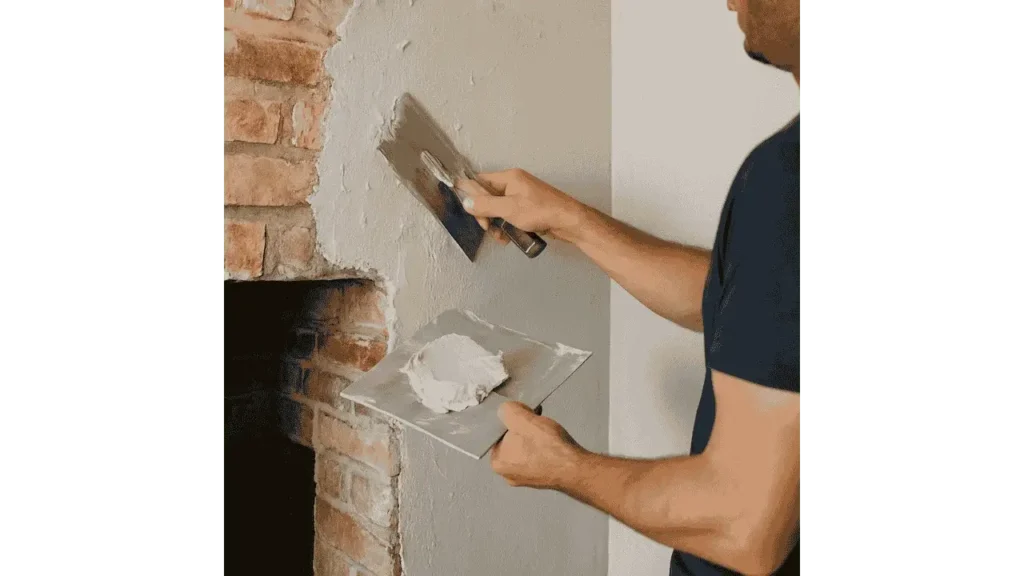A fireplace can be the heart of a room, but if the surface is outdated or damaged, it can take away from the space’s overall charm. Plastering a fireplace is a simple yet impactful way to refresh its look, whether you want a sleek modern finish or a more rustic appeal. While the process may seem intimidating, with the right materials and techniques, you can achieve a professional-looking result without expert help. This guide will take you through everything you need to know about plastering a fireplace, from choosing the right plaster to applying it flawlessly for a durable and stylish finish.
Choosing the Right Plaster for a Fireplace
Not all plaster is suitable for a fireplace, as heat exposure can cause cracking or deterioration if the wrong type is used. Heat-resistant plaster is ideal for fireplaces that experience direct heat, ensuring long-term durability. Lime plaster is a great choice for a breathable, flexible finish that adapts to the natural movements of the structure. Cement-based plasters offer extra strength and resistance to moisture, making them suitable for areas prone to humidity. Fireproof coatings can also be applied to enhance the longevity of the plaster and protect it from heat damage.
Preparing the Fireplace for Plastering
Proper preparation is key to ensuring a strong and lasting bond between the plaster and the surface. Begin by thoroughly cleaning the fireplace, removing dust, soot, and any loose debris. If the existing surface is painted or covered with old plaster, scraping or sanding may be necessary for better adhesion. Any cracks or loose bricks should be repaired beforehand to prevent future instability. Applying a bonding agent helps the plaster adhere properly, especially on smooth or non-porous surfaces like brick or stone.
Learn More: Fixing a Drafty Fireplace in Simple Steps!
How to Plaster a Fireplace Step by Step?
1. Gathering the Necessary Materials
Before starting, ensure you have all the required tools and materials. You’ll need a plaster mix (preferably heat-resistant), a trowel, a float, a hawk for application, wire mesh if applying over brick, a mixing bucket, and protective gear such as gloves and a mask.
2. Applying a Base Coat (Scratch Coat)
The first layer of plaster, also known as the scratch coat, provides a strong foundation. Mix the plaster to the correct consistency, ensuring it is neither too thick nor too runny. Apply a thin, even layer using a trowel, then use a scoring tool to create a rough texture. This step improves adhesion for the following layers and prevents cracking.
3. Adding the Second Coat (Brown Coat or Finish Coat)
Once the base coat has dried, the second coat is applied to smooth out the surface. Using a trowel, spread the plaster evenly, filling in any imperfections from the previous layer. Depending on the desired finish, you can use a sponge or float to create a sleek or textured effect. Allow proper drying time between coats to prevent cracking or uneven curing.
4. Sanding and Final Touches
After the final coat has dried, lightly sand the surface to achieve a smooth and refined look. If needed, apply a sealing coat to enhance the plaster’s durability and protect it from heat exposure. At this stage, you can also paint the fireplace or apply a decorative finish to match your desired aesthetic.
Common Mistakes to Avoid When Plastering a Fireplace
Plastering a fireplace requires careful execution to prevent issues like cracking or poor adhesion. Applying plaster too thickly can lead to drying inconsistencies and eventual cracking. Failing to use a bonding agent on brick or stone can cause the plaster to peel over time. Rushing the drying process or applying layers too quickly can result in weak adhesion. Finally, skipping a protective sealant may reduce the lifespan of the plaster, especially in fireplaces exposed to high temperatures.
Final Takeaways
Plastering a fireplace is an effective way to update its look and enhance its durability. Choosing the right type of plaster, preparing the surface properly, and applying the plaster in layers ensures a long-lasting and professional finish. Whether you prefer a sleek, modern design or a rustic, textured appearance, proper plastering techniques can transform your fireplace into a stunning focal point in your home. With patience and attention to detail, you can achieve a flawless finish that will stand the test of time.
- Can You Install an Electric Fireplace Anywhere? - July 31, 2025
- 23 White Fireplace Ideas to Brighten Your Home - July 31, 2025
- How to Clean an Electric Fireplace TV Stand? - July 30, 2025



